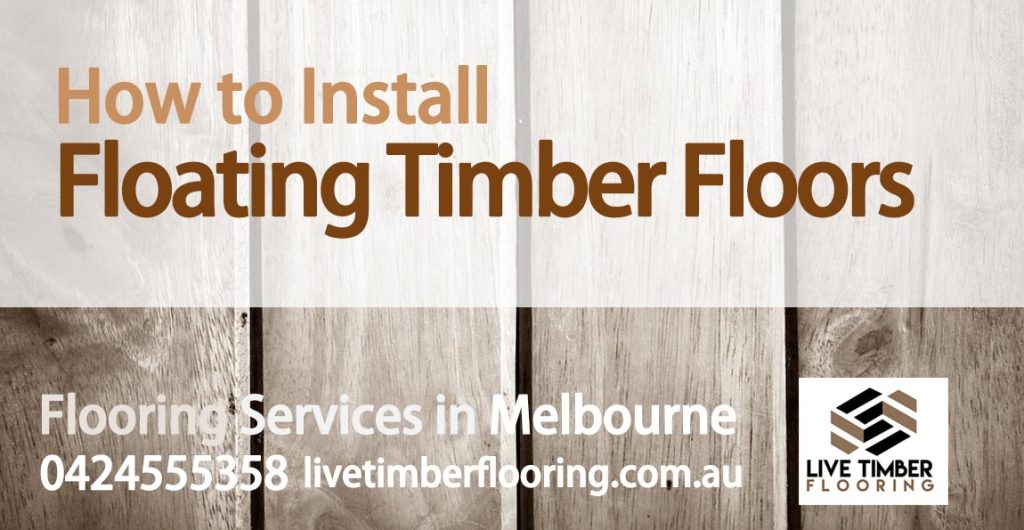
First, we need to describe as to what a floating floor means! By definition, a floating floor (which are normally used for laminate or tile flooring) is the method of the installation, not the name or brand of a flooring product. Using a floating method means that your floor does not need to be attached to the subfloor.
This happens without having to do gluing or stapling the floor to the underlayment, which makes it ideal for your bedrooms or a lounge. The whole floor will then stay still by just having the planks connected or glued to one another. Sometimes, the boards could simply be slotted together in this regard.
In order to place timber flooring over tiles, the tiles must be fully cleaned and dried well. Since putting timber flooring over tiles will defiantly increase the height of the floor, the clearance gap under the doors should be taken into consideration. According to the Urbanfloor website, if the opening is less than 4 feet wide, T-moldings or transition moldings are required in doorways.
It is recommended that the floating floors are not laid over concrete, as concrete can absorb and pass the moist through and a lot of floating floors do not have positive reaction when contacting moisture.
We – at Live Timber Flooring – can provide you with the high quality installation of floating floors. Would you like to read more?
https://livetimberflooring.com.au/our-services/floating-timber-flooring/ Resources: http://www.gohaus.com/the-beat/flooring/what-is-a-floating-floor/ https://www.homeimprovementpages.com.au/article/how_to_lay_timber_flooring_over_tiles https://www.carpetcourt.com.au/floating-floors http://www.urbanfloor.com/blog/should-i-float-glue-or-nail-down-my-new-hardwood-floor

